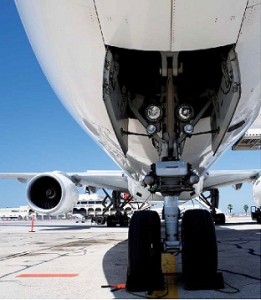Spark testing of Steels and steel alloys for jet engineering
A standard SAE and AISI is used to describe the chemistry of the structural steels. The elements present in the large quantities to make steels are copper, nickel, chromium and molybdenum. The popularity of stainless steels varies with time depending of the proven advantages and changes in the metallurgical and engineering demands in the industry.
The material stock of steels is made in the diverse forms for example sheets, rods, pipes, tubings, bars and wires. Sheet is constructed in several sizes and thickness. Rods and bars are made in the diverse shapes for example round, square, rectangular, hexagonal and octagonal. The tubes can be round, oval, rectangular or streamlined. The tubing size is usually specified by outer dia and wall thickness.
The steel sheet is often fabricated cold in machines for example presses, bending brakes and rolls. The forged materials are shaped or formed or hammering heated.
Spar test is essential to determine different types of super metals containing ferrous. It includes the use of iron or steel piece that stand against the moving stone, the metal type is found by the sparks produced. Every metal type shows individual spark properties. The spark streams are different from small shafts to a many feet lengthy sparks. Various nonferrous metals produce sparks when come in contact of a moving stone. So these metals cannot be correctly identified with this test.
Recognizing a metal by spark testing is usually inaccurate if it is not performed by a specialist or the test samples have a large difference of carbon concentration and alloying elements.
Wrought iron develops lengthy shafts and the color described is straw when they develop and is white when disappear. Cast iron sparks are of red color that changes to straw. Low carbon steels develop long and straight shafts with few white sprigs. With increase in carbon concentration in steel, the count of springs along every shaft increases and stream turns into white in shade. Nickel steel offers a spark in tiny blocks of white color.
Uses of alloyed steels
Steel comprising of carbon about 0.10 to 0.30% is categorized as low carbon steel. This type of steel is used in building safety wire, specific nuts, cable bushes and threaded rod ends. This steel sheet is used in developing secondary structural components, clamps and tubular form for mildly stretched structures.
Those steels with carbon content about 0.30 – 0.50% is named as medium carbon steel that is fit for machining as well as forming when the specific surface hardness is needed for fighter aircraft maintenance components.
The steels containing carbon about 0.50 – 1.05 is classified as high carbon steel that also contains other elements to provide the hardness in this steel. In the completely heat processed condition, it becomes very hard that it withstands wide shear and wear limits and has nominal deformation. It is used in the development of flat springs and wire for coil springs.
The steels such as stainless steel 310 are the essential part of various applications that they are used in almost every type of industry.


